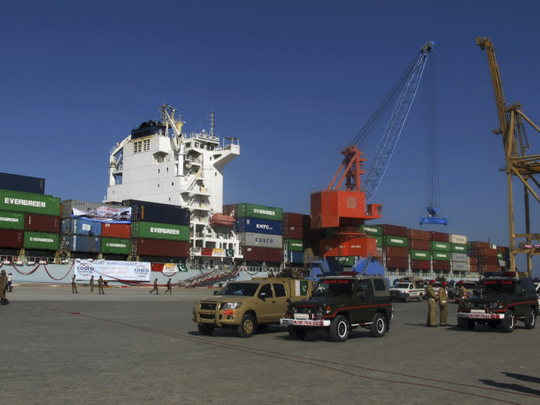
Faislabad: Pakistan’s government expects that a move to reduce utility bills for companies selling abroad will boost exports the most in six years, in its bid to support industries that have long lagged behind regional competitors.
The country’s exports can increase as much as 30 per cent in the next three years through further subsidies, said Zafar Iqbal Sarwar, an industrialist in charge of the government’s policies for the textile industry.
Clawing out of crisis
The country is in the midst of its latest balance-of-payments crisis and has long lost out to countries such as Vietnam and Bangladesh, which ship textiles and other competing goods.
Prime Minister Imran Khan has pledged to boost exports to solve the nation’s perennial funding gaps. His government is currently negotiating Pakistan’s 13th International Monetary Fund (IMF) bailout since the late 1980s and has sought financial support from China and Saudi Arabia.
“Unless we boost our exports, we can’t control our trade deficit, foreign exchange reserves or currency,” Sarwar said at his textile factory in Faisalabad. The government may also grant incentives to import machinery for mixed-fabric products like sportswear.
Yet, there’s no one silver bullet for Pakistan’s exporting issues. Factory owners in South Asia’s second-largest economy have long complained that they receive little government assistance compared to competing countries.
They also point to an overvalued currency, chronic energy shortages as well as security concerns deterring buyers and investors.












